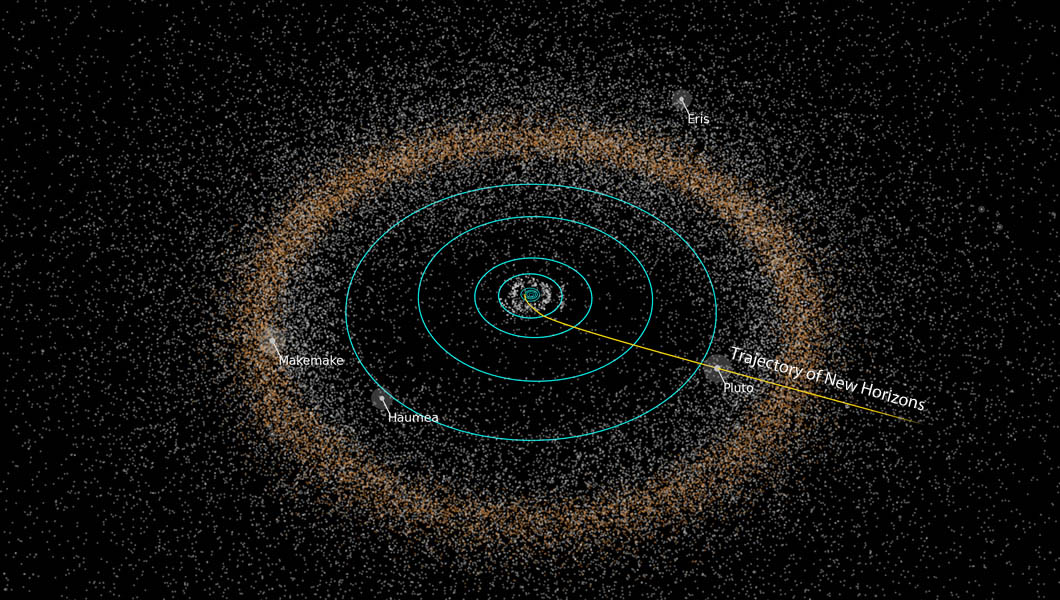In the beginning, the Universe was all primordial gas. Somehow, some of it was swept up into supermassive black holes (SMBHs), the gargantuan singularities that reside at the heart of galaxies. The details of how that happened and how SMBHs accumulate mass are some of astrophysics’ biggest questions.
Continue reading “Black Holes Dominate Large Regions of Space, But They’re Mysterious”Black Holes Dominate Large Regions of Space, But They’re Mysterious










